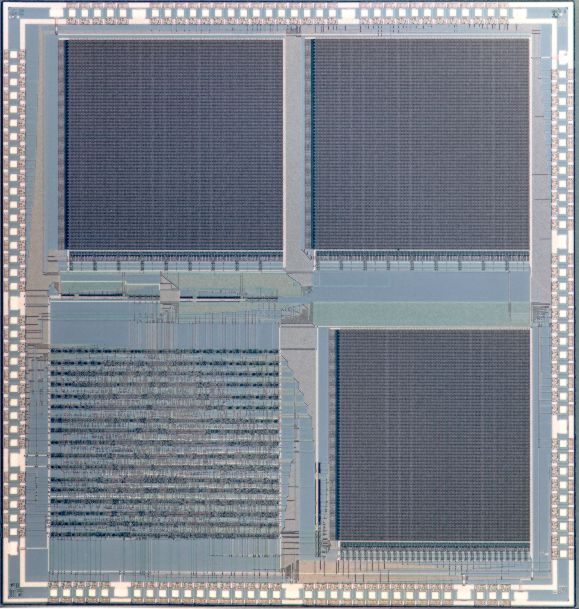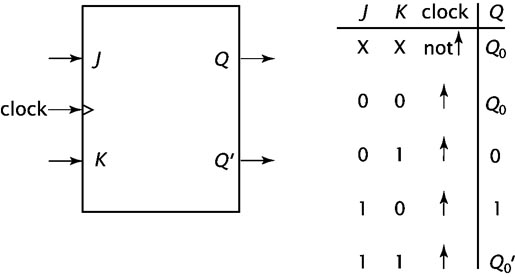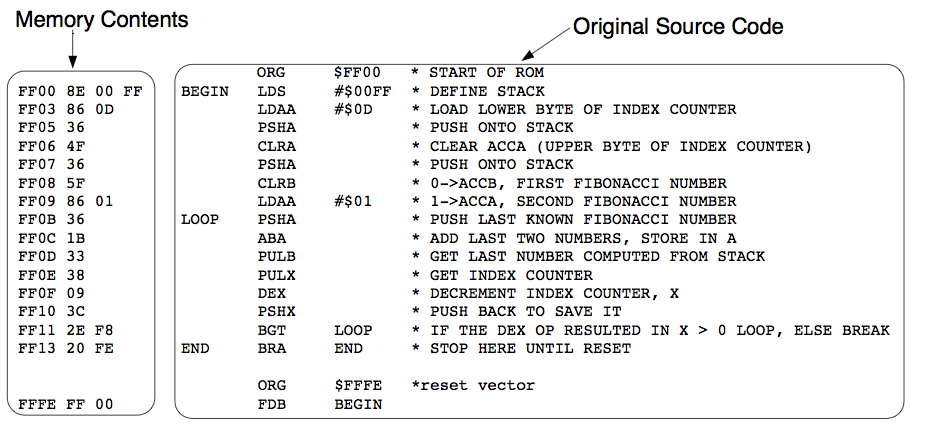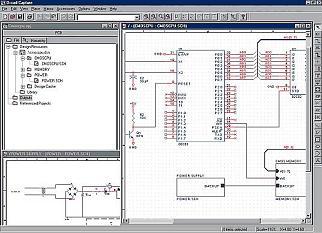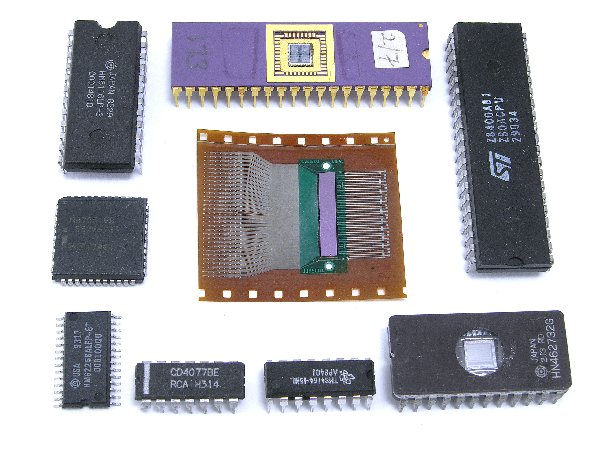Back to Main Page for CSC270
Prof and TA
|
Dominique Thiébaut email
Dept. Computer Science
McConnell Hall, 208.
Telephone: 3854
Office hours MW 10:30-12:00, W 1-3, and by appointments
|
The TA for the class is Lei Lei, and her hours and location are available here
Weekly Schedule
| Week |
Topics |
Reading
|
Week 1
1/26
|
- Monday: Introduction to the semester
- Syllabus
- Overview of the class
- combinational logic (1/4)
- sequential logic( 1/4)
- microprocessor logic (1/2)
- Boolean Algebra
- Truth tables
- Boolean functions
- Wednesday:
- boolean functions
- canonical forms: the minterm canonical form
- exercises
- examples of schematics from Nasa
- logic gates
- and gate (7408)
- or gate (7432)
- not gate (7404)
|
- Binary numbers
- Boolean algebra and Logic Gates
- Basic theorems
- Truth tables
- Boolean functions
- Canonical forms

George Boole
|
Week 2
2/2
|
- Monday
- Wednesday
- Python program to generate a truth table
- A fully developed example: a majority voter, with 3 inputs, a Majority output, a Fault output, and two Id outputs identifying the faulty input.
- Introduction to Karnaugh Maps
|
- Canonical Forms
- Universal gates: NAND and NOR
|
Week 3
2/9
|
- Monday
- Tips and Tricks: counting the number of inversions on a signal path
- MSI: medium scale integration
- decoders
- active-low and active-high signals
- The 74LS42 decoder
- Animated 74154 decoder
- Cascading decoders
- multiplexers
- Animated multiplexer
- Wednesday
- Do-it-yourself decoder: with/without enable, active-high/active-low signals
- More decoder cascading
- Multiplexers (mux)
- Simplifying functions with multiplexers
|
- Medium scale integration
- The decoder
- The multiplexer
- Simplifying circuits with decoders or multiplexers
|
Week 4
2/16
|
- Monday 2/16:
- Timing diagrams and combinational circuits
- the concepts of blocking and passing gates
- Meeting the RS flip-flop
- A single-input RS flip-flop
- A single-input, pulsed RS flip-flop
- The two-stage D flip-flop
- understanding the D flip-flop
- the 74LS74 datasheet
- Exercises
- 2/18 Rally Day, No Class
|
- Sequential circuits
- RS Flip-flop
- D Flip-flop
|
Week 5
2/23
|
- Monday
- The D-flip-flop explained (Movie available on YouTube!)
- A simple GYR sequencer
- Wednesday
- Continuation of the GYR sequencer
- Let's not forget decoders!
- Debouncing switches and clock signals
- Python to the rescue! A program to simulate a sequencer
- Exercises
|
|
Week 6
3/2
|
- Wednesday:
- Analysis: behavior of a 2-bit sequencer with equations D1 = Q1^Q0, D0=Q1'.
- Random start, and forced reset
- A GYR sequencer with an outside input signal.
- Exercise
- JK Flipflop
|
- Sequencers with outside controls
- The JK flipflop
- Building sequencers with JK flipflops
|
Week 7
3/9
|
- 3/11 Midterm Exam
- Midterm Preparation (Note that in Question 5 the Inputs should be labeled I0, I1, and I2. 0 is connected to I2, which is the MSB)
|
|
Week 8
3/16
|

|
|
Week 9
3/23
|
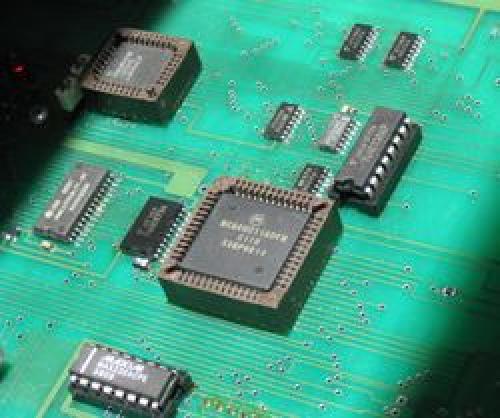 - Monday:
- The 6811 Processor: references
- The official Motorola 68HC11A8 Data Sheet. Fairly cryptic...
- A Motorola 6811 Manual. It is a nicely written refresher on many concepts of assembly language applied to the 6811.
- Check Section 3.2 on addressing modes (inherent, direct, extended, indexed, relative).
- Get a refresher for the different instruction types (arithmetic, shifts, control, etc) in Section 3.4.
- The condition code register is covered in Section 3.5. Skip Section 4.
- M68HC11 Technical Reference, from Motorola.
- Section 6.5 shows the instructions in logical groups.
- M68HC11 Pocket Reference.
- Very useful, on Page 15, a list of all the opcodes supported by the 6811, in numerical (hex) order.
- 68HC11A8 Technical Reference: a hardware & engineering description. of the 6811, its ports, and how it operates.
- See Section 10 for a cycle-by-cycle description of the execution of each instruction.
- See Appendix A, Figure A-14 for the timing diagram of a typical (multiplexed expansion) memory access.
- 6811 Instruction Set, with hexadecimal opcodes. A reverse map, from hex to instructions can be found here.
- 2-Page List of all the 6811 Instructions
- Software for the 6811
- Wednesday:
- Concentration on Assembly Language
- Listing format
- opcodes, mnemonics, directives, columnar format
- The instructions
- Addressing Modes: inherent, immediate, direct, extended, indexed, relative
- Exercises, exercises, exercises!!!
|
|
Week 10
3/30
|
- Monday:
- Quiz on the information in 6811 Manual (You can skip Section 4)
|
|
Week 11
4/6
|
|
|
Week 12
4/13
|
|
|
Week 13
4/20
|
|
|
Week 14
4/27
|
-
- 4/29: 1-week Take-Home Final Exam
|
|
Back To Main Page
Links and Resources
Programs
Software
PSpice 9
- Pspice 9, Student version. An nice alternative to drawing schematics by hand.
- This is a Windows version. (I have tried to make it work under wine/Mac OS X but haven't been able to make it load the libraries correctly)
- Make sure you select the schematics option when installing the software.
- Select Tools/Schematics when starting the editor
- The schematics editor is located in C:\Program Files\OrCAD_Demo\PSpice\PDesign.exe upon installation.
- Download here!
- PSpice Tutorial
Integrated Circuit Data-Sheets
- Java Applets demonstrating most logical gates
- Texas Instruments and Harris Semiconductors' Data Sheet Search Engine
- Fairchild Semiconductors' Data Sheet Search Engine
- 74LS00, 74LS01, 74LS02, 74LS03, 74LS04, 74LS05, 74LS08, 74LS09, 74LS10, 74LS12, 74LS13, 74LS15, 74LS20, 74LS21, 74LS22, 74LS26, 74LS27, 74LS28, 74LS30, 74LS32, 74LS33, 74LS37, 74LS38, 74LS40, 74LS42, 74LS47, 74LS48, 74LS51, 74LS54, 74LS55, 74LS74, 74LS75, 74LS76, 74LS83, 74LS85, 74LS86, 74LS90, 74LS95, 74LS138, 74HCT240, 74LS243, 74HCT244, 74LS259, 74HCT541
Motorola 68HC11 Documentation

- Good source of info on the 6811.
- 6811 FAQs.
- The official Motorola | 68HC11A8 Data Sheet. Fairly cryptic...
- A Motorola 6811 Manual. It is a nicely written refresher on many concepts of assembly language applied to the 6811.
- Check Section 3.2 on addressing modes (inherent, direct, extended, indexed, relative).
- Get a refresher for the different instruction types (arithmetic, shifts, control, etc) in Section 3.4.
- The condition code register is covered in Section 3.5.
- M68HC11 Technical Reference, Motorola
- Section 6.5 shows the instructions in logical groups.
- M68HC11 Pocket Reference.
- Very useful, on Page 15, a list of all the opcodes supported by the 6811, in numerical (hex) order.
- 68HC11A8 Technical Reference: a hardware and engineering description. of the 6811, its ports, and how it operates.
- See Section 10 for a cycle-by-cycle description of the execution of each instruction.
- See Appendix A, Figure A-14 for the timing diagram of a typical (multiplexed expansion) memory access.
Back To Main Page


